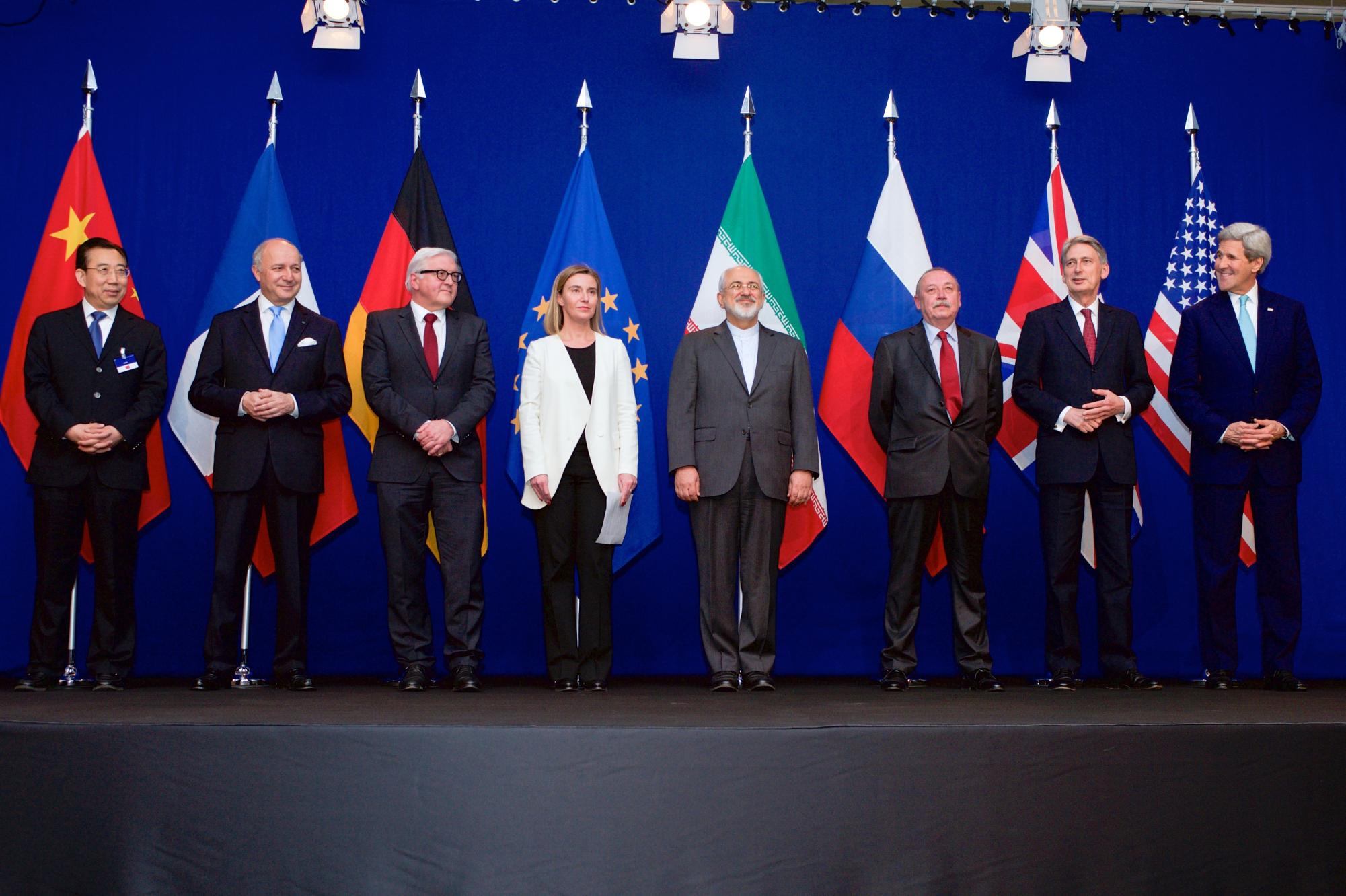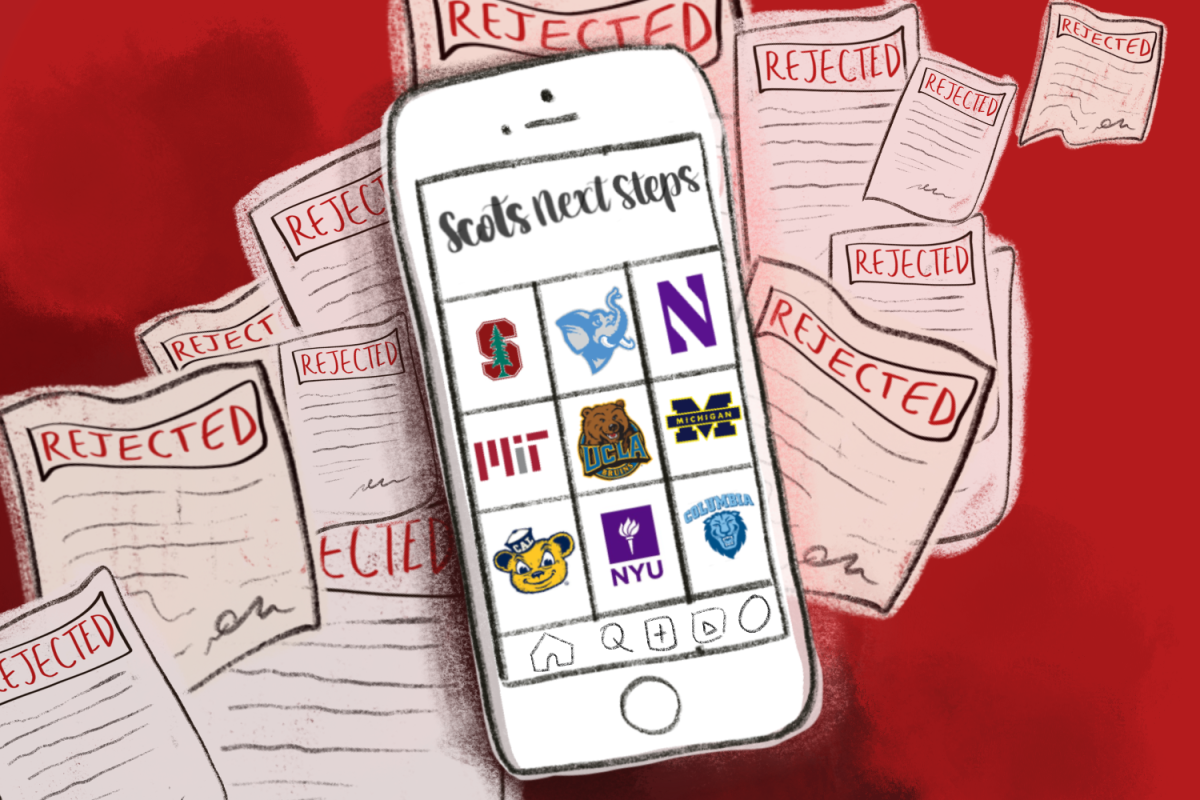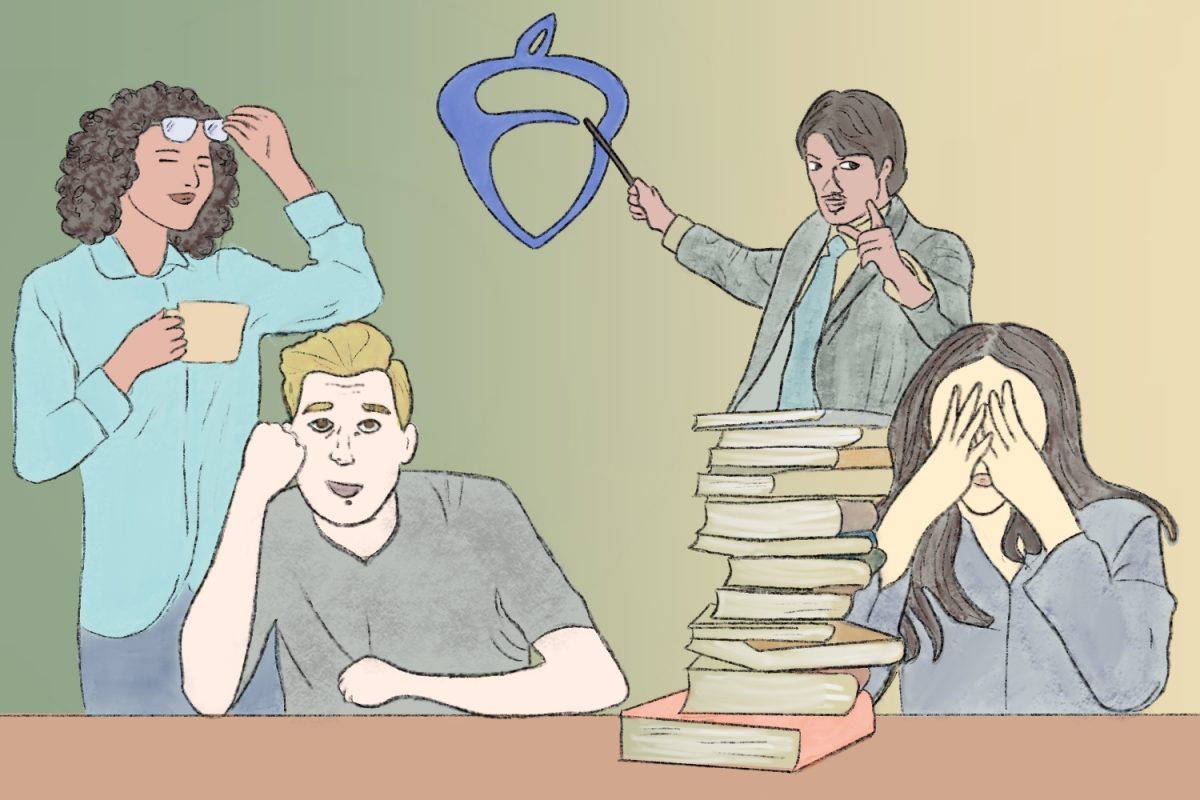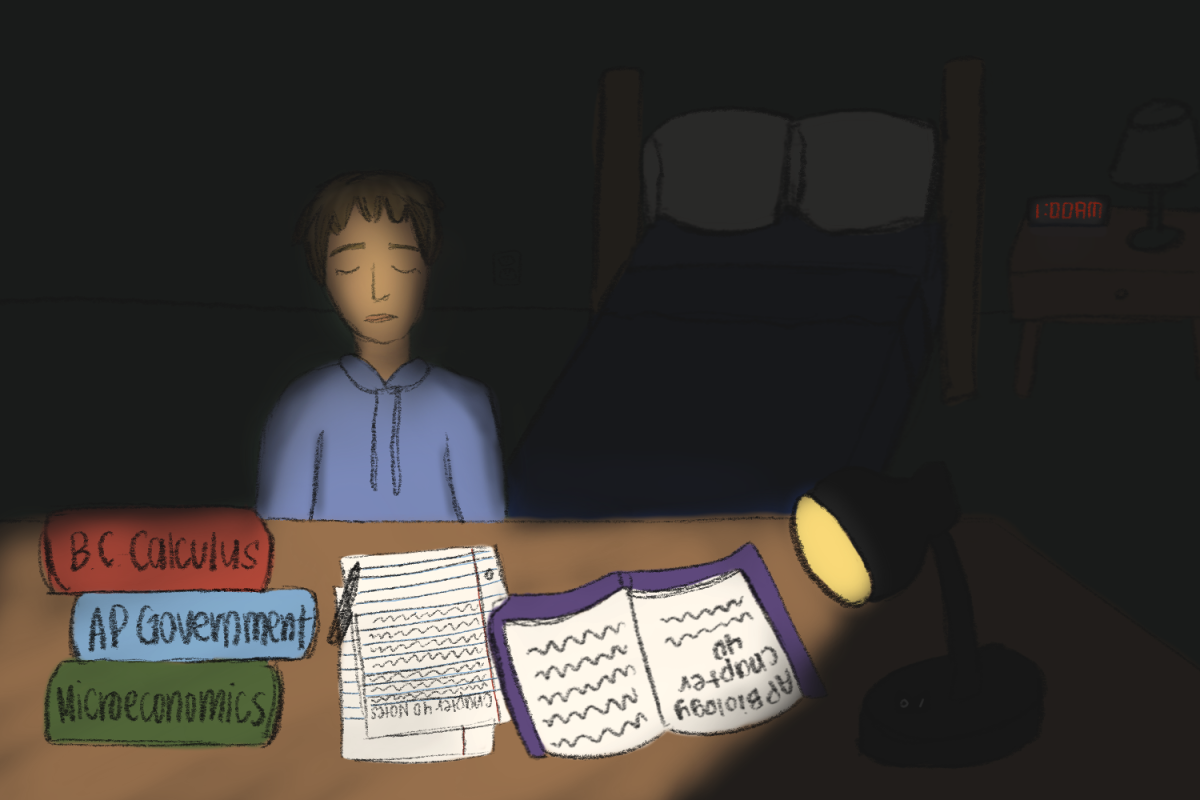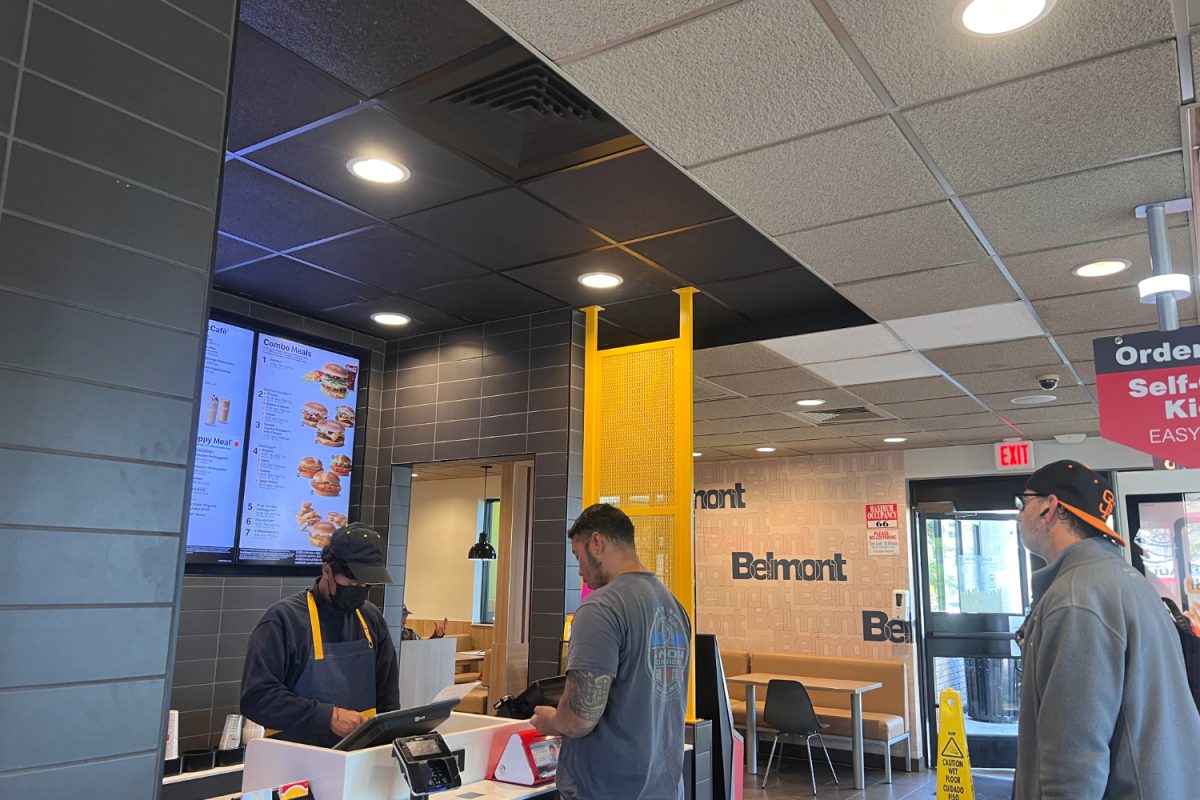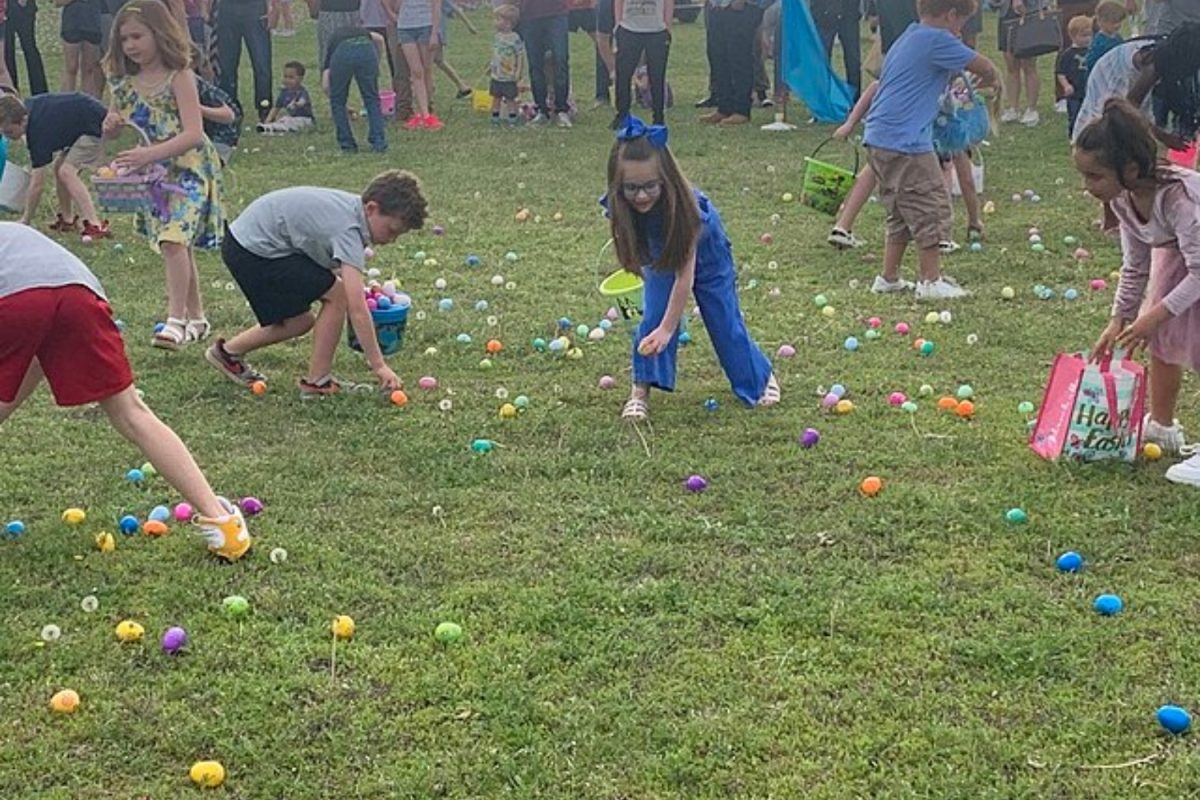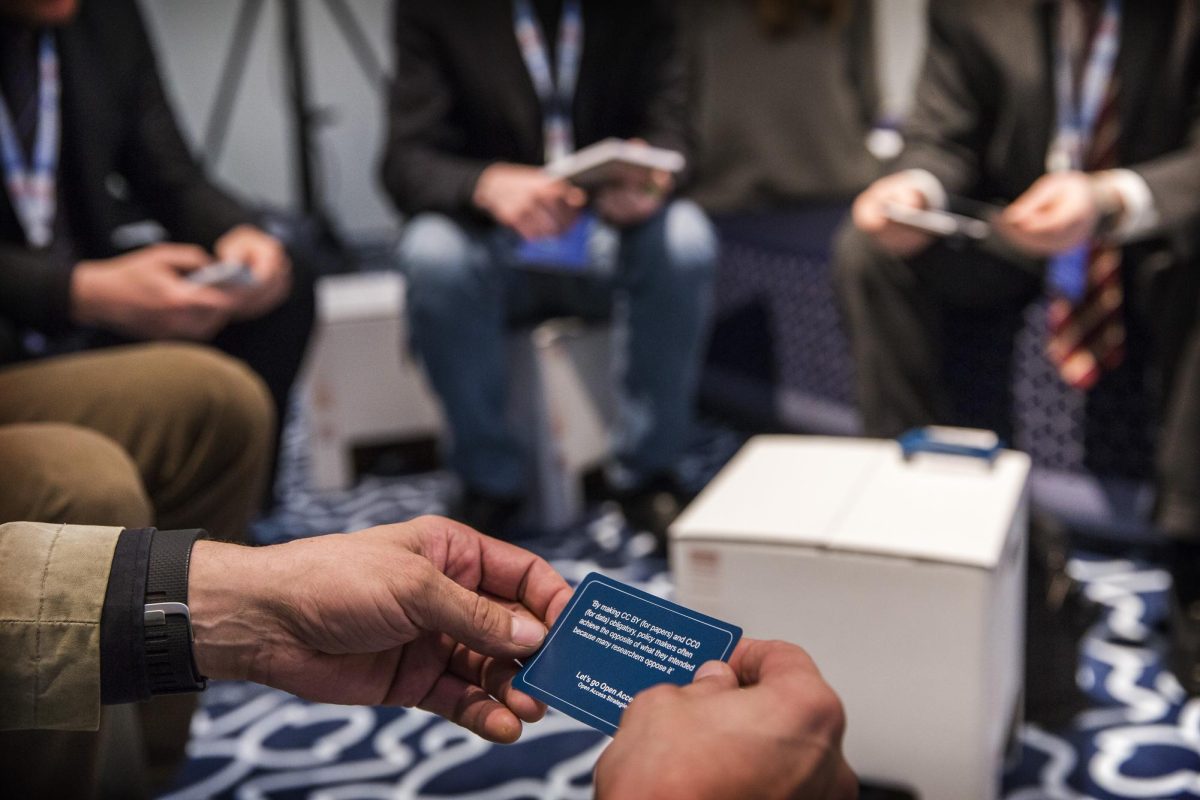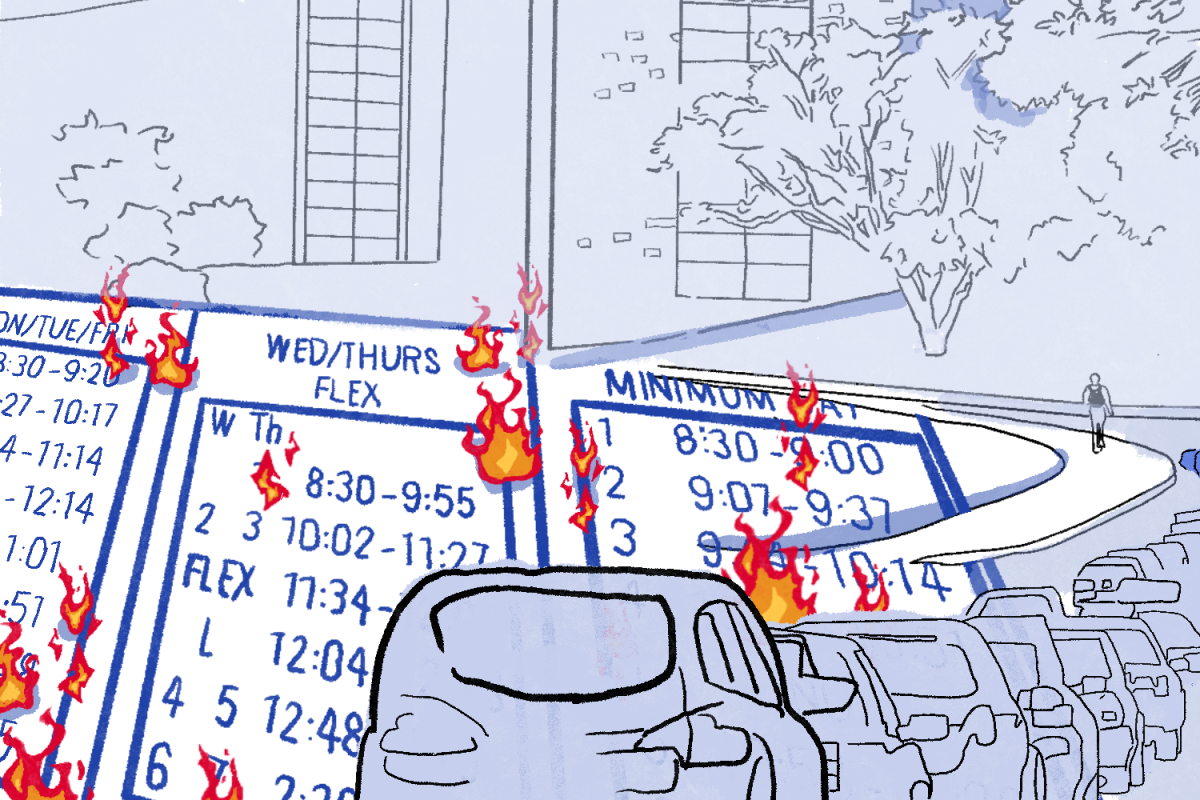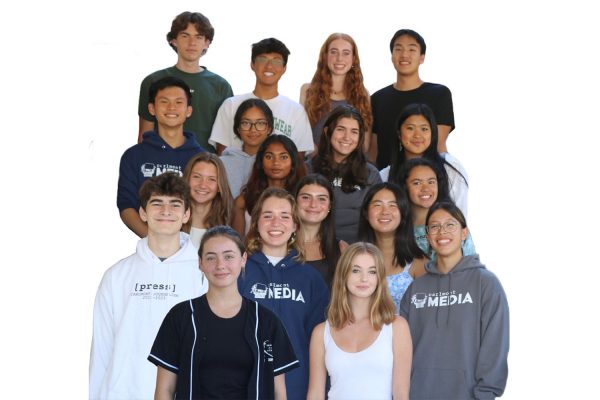America’s youth is severely undereducated on the current state of politics in the United States (US) and across the globe.
The problem lies in American high schools’ insufficient modern political education.
While the course curriculum on the College Board website has the US History course dates as 1491-present, the latter time is less current than it claims.
For AP US History, Carlmont High School uses a textbook called America’s History by James Henretta, Eric Hinderaker, Rebecca Edwards, and Robert Self. This textbook is one of eighteen textbooks featured on the College Board website for meeting course requirements.
The dates these textbooks were written ranged from 2011 to 2020, with the mean date just after 2016. College Board claims all of these books satisfy the course requirements, yet none include the present, with the closest being four years away.
It is unrealistic for new textbooks to come out yearly with content that includes present events. However, it is clear that there is a gap in students’ social studies education because the curriculum does not include the past few years or the actual present.
Many problems arise from a lack of education on current events. In the broadest sense, the youth are the future of America and the world. An educated youth is essential in fostering an educated nation. John F. Kennedy said it best when he spoke, “Children are the world’s most valuable resource and its best hope for the future.”
More specific to the lives of American high schoolers, however, is the nearing voting age. With the 2024 presidential elections coming up in the fall, many Carlmont seniors will have the ability to cast a ballot.
As logic goes, a well-informed and knowledgeable voting base is important for American democracy. High school history classes, such as US History, are extremely beneficial in explaining the basics of voting and democracy to high schoolers.
However, since the course curriculum ends well before the present day, many young voters are uninformed about the current state of American politics. The Center for Information and Research on Civic Learning and Engagement (CIRCLE) conducted a survey in 2012 to evaluate how informed voters aged 18 to 24 were on the US political system.
Some notable questions in the survey include: “How much of a majority does Congress need to override a veto?” with 38.7% of respondents answering correctly and “Which party controls the US House?” with 42.2% of respondents answering correctly.
It is important to note that the Pew Research Center conducted a similar survey across all voters in 2012. In this survey, only 40% of people correctly identified which party controlled the House of Representatives. In this instance, the younger voters had better knowledge of politics.
The intent of bringing up the data was not to compare younger and older voters. Across all ages, it is sad that less than half of voters can identify which party controls the House.
The data clearly shows that all of America is woefully uninformed about the current political state, including young voters. The difference between young and old voters, however, is that high schools can inform students and increase the political knowledge of the voter base.
It seems that current events education would be greatly beneficial to young voters, yet it is not taught as part of the high school curriculum. There are several reasons as to why.
Children are the world’s most valuable resource and its best hope for the future.
— John F. Kennedy
One reason may be that current events are often considered extremely sensitive subjects. This is especially true when it comes to international conflicts, such as in Palestine and Ukraine, or rights legislation, such as abortion rights.
Often, teachers shy away from these “touchy” subjects to avoid conflict in the classroom. Teachers do not want to suppress opinions, but it can be difficult to ensure that all opinions are shared respectfully and do not offend other students.
Another problem with implementing current events education is the inherent bias of whoever is teaching the material. Because the content typically covered in a social studies class is pulled from a textbook or standardized curriculum, the teacher’s bias is mitigated.
This leads to the biggest problem: no standardized curriculum for current events. Since national and global politics constantly change, no textbook or written curriculum can be provided to teachers as a lesson plan.
It would then be up to the teacher or a coalition of educators to determine the course content as the events unfold. This reintroduces the bias problem, as one or a few people would dictate the material.
There are likely many ways to implement some form of current events education in high schools, but this is just one.
Firstly, current events would not be its own class, as it would be difficult to have a year-long class that is incapable of planning ahead. For Carlmont, the most logical solution would be to add a current events lesson once every two weeks or once a month to the preexisting social studies courses.
Carlmont requires 35 credits of history to graduate, which equates to three and a half years, or almost all of the typical four years of high school. Adding current events to these classes would mean most students would experience the added content for a large majority of their high school careers.
Next, in place of a textbook, a teacher would assign readings from various news sites on a particular topic. While reducing some bias, the teacher’s choice of readings still influences what side of the story is being told to students.
A possible solution for the bias in assigning specific readings is that teachers could recommend specific articles but allow students to do other or further research using articles of their own choosing.
Finally, for subject matter that can be categorized as less sensitive, such as national and state elections, in-class discussions should be implemented. Debates and deliberations are essential in advancing students’ knowledge on the topic.
It is important to consider the sensitivity of the material when deciding whether to have a class discussion. Some subjects can be especially triggering for students, emphasizing the teacher’s role in determining what is appropriate to discuss in a school setting.
While this string of concepts is just one of many ways that current events could be included in high school education, it is clear that including such topics in the high school curriculum is far from impossible.
With global politics seemingly at the forefront of everyone’s minds right now, it is time to consider whether the youth of America need a stronger background in politics when they enter the political sphere.
*This editorial reflects the views of the Scot Scoop Editorial Board and was written by Audrey Finigan.
The Editorial Board voted 9 in agreement, and 6 refrained from voting.

